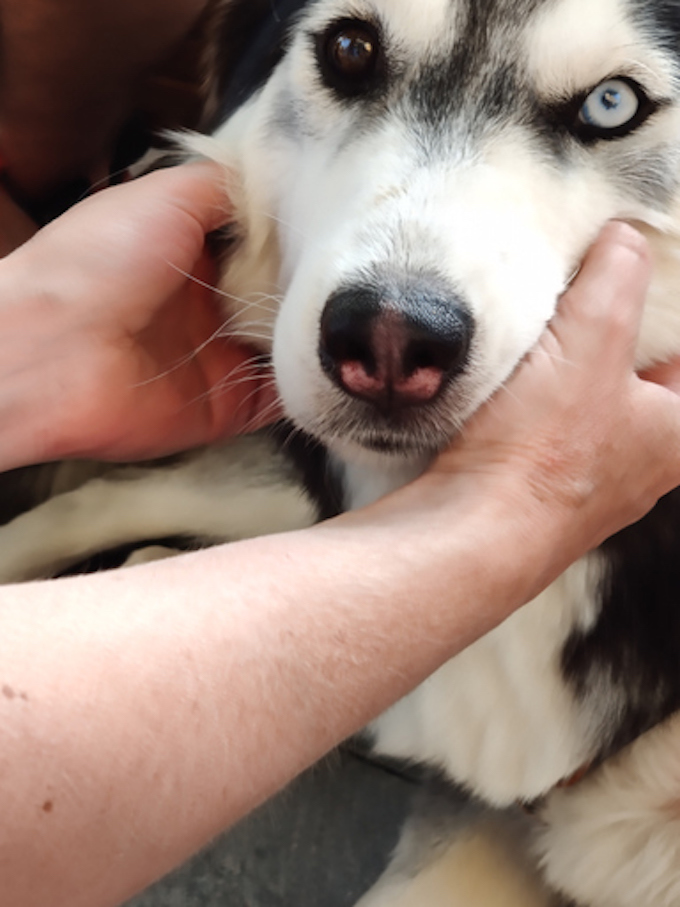Nasal tumors in dogs is a form of canine cancer. Unfortunately, the condition often goes undetected until it reaches an advanced stage.
Generally, medium or large breeds of dog seem to develop the condition more than usual. Additionally, older dogs and dogs with long noses most frequently suffer from the condition.
Technically, the condition produces a number of types of tumors. Some of the most common are called adenocarcinomas, sarcomas, and squamous cell carcinoma.
If you see the signs of the condition in your dog, then get to a veterinarian for a proper diagnosis and treatment.
Here’s what you should know about the symptoms, causes, and treatments for the condition.
Symptoms of Nasal Tumors in Dogs
The condition produces a very wide range of symptoms. For instance, some of the most common symptoms include:
- Coughing
- Sneezing
- Nose bleeds
- Nasal discharge
- Lethargy
- Noisy breathing
- Swollen nose
- Bad breath
- Loss of appetite
- Weight loss
Causes of Nasal Tumors in Dogs

The cause of the condition is not entirely certain. However, some of the following factors seem to cause the condition:
- Genetic
- Environmental
- Pollutants in urban environments
- Exposure to cigarette smoke
Additionally, medium and large-sized dogs seem more at risk of the condition than smaller pups. Also, older dogs and dogs with long noses develop the condition more than usual.
Treatments for Nasal Tumors in Dogs
Generally, your vet will use imaging techniques to diagnose the condition. For example, X-rays, CT scans, and MRIs can all be used. These allow your vet to examine any tumors. Next, cell samples and biopsies will be used.
Usually, treatment involves radiation therapy. This procedure will help reduce symptoms and pain. Your vet will help guide you and your dog through the process.
Unfortunately, the condition is hard to cure. Although treatment can help increase a dog’s quality of life. Additionally, medication has been proven to help reduce pain. As always, if your vet prescribes your dog any medicine, make sure to stick to the correct dose and frequency instructions. Also, complete the full course of medicine.
Have you ever cared for a dog who suffered from this condition? How did your vet help your dog recover? Let us know in the comments section below.




